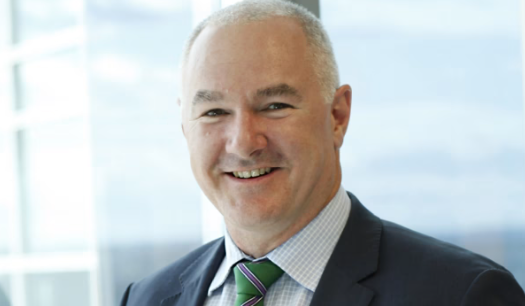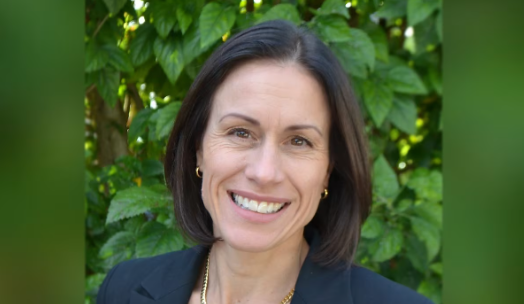Most Australians wait until their mid-30s to enter the property market. Are there benefits to buying in this age bracket, or is “sooner the better” still the best rule of thumb?
Gone are the days when Australians would buy their first home in their 20s in preparation to raise a family.
The latest data from ANZ and CoreLogic reveals that the average Australian must save for over nine years to have enough money for a meaningful deposit.
Dr Nalini Prasad, an economics lecturer from the University of New South Wales (UNSW) School of Economics, said: “Typically, individuals used to find work, get married and buy a house to raise kids in. But house prices have increased, requiring more years of savings – and often two incomes – to purchase a house.”
These tough economic conditions have “increased the age at which individuals buy their first house to 36,” Dr Prasad revealed.
“People need to have enough savings to get a deposit for their house, but this is hard to do when prices are rising faster than incomes,” she said.
In this context, when is it a good time to take the plunge and buy your first property? According to Professor Peter Swan from UNSW’s Business School, a deep knowledge of market trends is essential.
“First home buyers should be wary of buying into a rising market with a combination of high inflation and rapidly rising interest rates,” said Professor Swan.
“Vulnerable first home buyers may be squeezed and unable to meet their repayments with their property being repossessed,” he explained, noting that this happened during the global financial crisis.
Instead, he advised that a good time to buy “is when house prices are relatively depressed, and you are capable of raising the deposit and meeting interest payments on your loan”.
Unfortunately for aspiring first home buyers, this means that Australians are unlikely to see good buying conditions for some years to come.
“The bankruptcy of thousands of home builders, the inabililty to hire tradesmen and negligible new land release means that supply shortages will persist,” predicted Professor Swan.
He stated: “These supply constraints, combined with high immigrant numbers, make it unlikely that there will be substantial price falls in the near future.”
However, Dr Prasad suggested that ongoing rent hikes could make buying a more attractive option for those who can scrape together a deposit.
“In some cases, rentals could become more expensive than mortgage repayments,” she said.
“House price growth is also moderating in Australia, which is helping to offset part of the effect of interest rate increases on the amount that people can borrow.”


